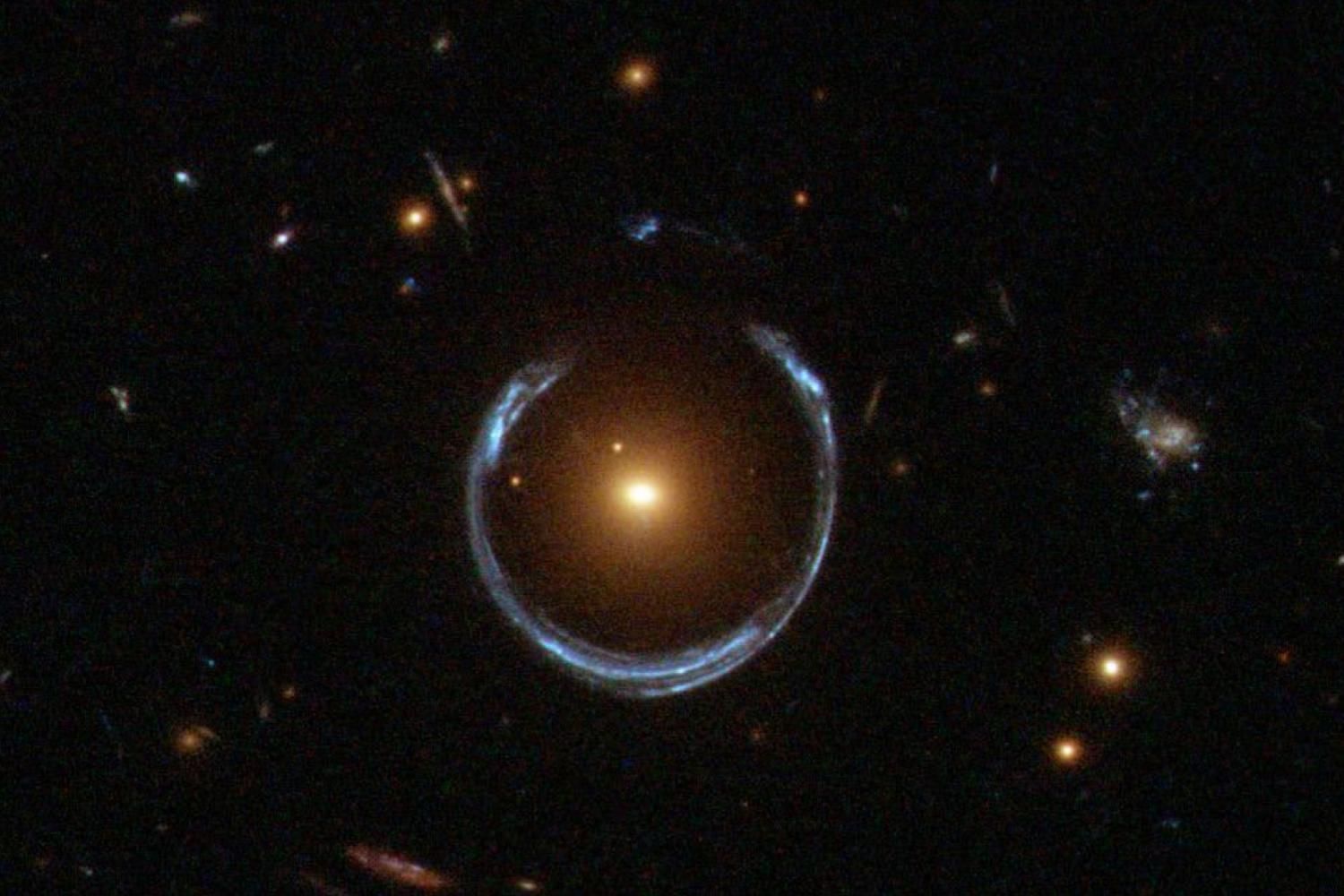Follow us on Google News (click on ☆)

The "Cosmic Horseshoe," an almost perfect gravitational lens.
This behemoth was discovered in a system nicknamed the "Cosmic Horseshoe." It is a rare and nearly symmetrical case of gravitational lensing. The object was first observed in 2007, but only now are its deepest secrets beginning to emerge.
Directly observing this black hole would be impossible at such a distance. Researchers therefore took an innovative approach. They combined data from the MUSE spectrograph, installed on the Very Large Telescope in Chile, with detailed images captured by the Hubble Space Telescope.
This dual approach allowed them to analyze the motion of stars in the host galaxy as well as the distortion of light from objects behind it. Using this indirect method, they were able to estimate the mass of the central object.
The result is staggering: this structure would be the most massive black hole ever measured. It even eclipses known giants in galaxy clusters, often considered the champions of gravitational growth.
Astronomers caution, however, that this value remains an estimate. At such extreme distances, uncertainties persist, and the results will need to be confirmed by further observations or simulations.
The discovery suggests that black holes of this caliber may not only exist but could also be common. Yet they remain largely beyond the reach of our current telescopes. This reignites discussions about their formation and the mechanisms that fueled their growth over time.
This work, available on arXiv, may well prompt scientists to revisit certain models of massive galaxy formation. After all, to host such a monster, a cradle of matching proportions is required.